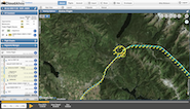
Debriefing Primer
Noting the Differences
Friday, July 29th 0800 & Saturday, July 30th 0800
EAA Education Center Oshkosh, WI
The popularity of backcountry flying has increased dramatically over the past several years but so have the number of accidents. This clinic provides pilots with a detailed review of flight fundamentals that are critical to safe flying in the backcountry. Topics include density altitude, canyon turns, abort points, energy management, and short field operations. Breakout sessions include a series of flight simulation exercises designed to extend the knowledge-based discussions a hands-on grasp of procedures.
Expert
John McKenna
RAF Chairman
Main Stage
45 mins
66 attendees
Expert
Amy Hoover & Bill McGlynn
Classroom A
45 mins
22 attendees
Expert
John "J.C. Carroll
RAF
Classroom B
45 mins
22 attendees

Expert
PPC Flight Instructor Team
“Welcome to Landmark USFS”
Arrivals and Departures at Landmark USFS / Canyon Turns. Four (4) flight simulation missions, exercises, that focus on arrival and departure procedures at a backcountry airport - Landmark USFS (0U0). All flown with stock Redbird C172.
Exercise 1: Approach and landing at Landmark USFS (0U0).
Noting the differences between approaching a backcountry vs a frontcountry airport. The airplane is positioned approximately 4 miles south of 0U0 at 7700' (approximately 1,000' AGL) inbound for landing. The weather is clear and the wind is calm. Sim instructors should encourage shop the field looking for, 1. the slope of the field to determine the landing direction, ID an abort point for a safe go-around and get a picture of the best departure corridor and procedure. Land and use technique best etiquette for taxi to parking.
Exercises 2 & 3: Departures from Landmark USFS (0U0) - Morning vs Afternoon
Flight 1 - Early morning, temperature; 65º - no wind and CAVU. Flight 2 - Mid afternoon, temperature 90º - no wind and CAVU. Opportunity for demonstration of reduced performance due to density altitude. Instructors could be encouraged to have trainee vary the distances and direction of departures; i.e., uphill, downhill, obstacles, emergency landing spots, etc.
Exercise 4: “Landmark Short Cut”
Afternoon conditions favor a southerly departure from Landmark USFS (0U0) and the destination is McCall (KMYL) where you plan to get fuel. You see a pass to the west and decide to take it. The temperature is 85º, some light wind from the south and although there are just a few clouds there is a smell of smoke in the area. You successfully depart the field and enter the pass but you see that the a thick layer of smoke has created a ceiling towards the end, creating a virtual box canyon. You need to turn back. Opportunity for demonstration of reduced performance with density altitude, procedures for entering and flying down a pass and making turns in a narrow space.
Flight Simulation Center
45 mins
22 attendees
Supporting reference material
EAA PPC 2022 Volunteer Team

Hartzell Propeller
Program Leadership

Community Aviation
Concept & Program Development

Redbird Flight Simulations
Concept & Program Development
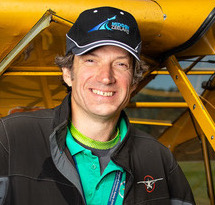
Jason Archer
Program Development & Execution

Mindstar Aviation
Simulation Software and Nav Data

SAFE
Flight Instruction

NAFI
Flight Instruction

CloudAhoy
Pilot Debriefing
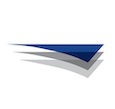
Jeppesen
Navigation Data
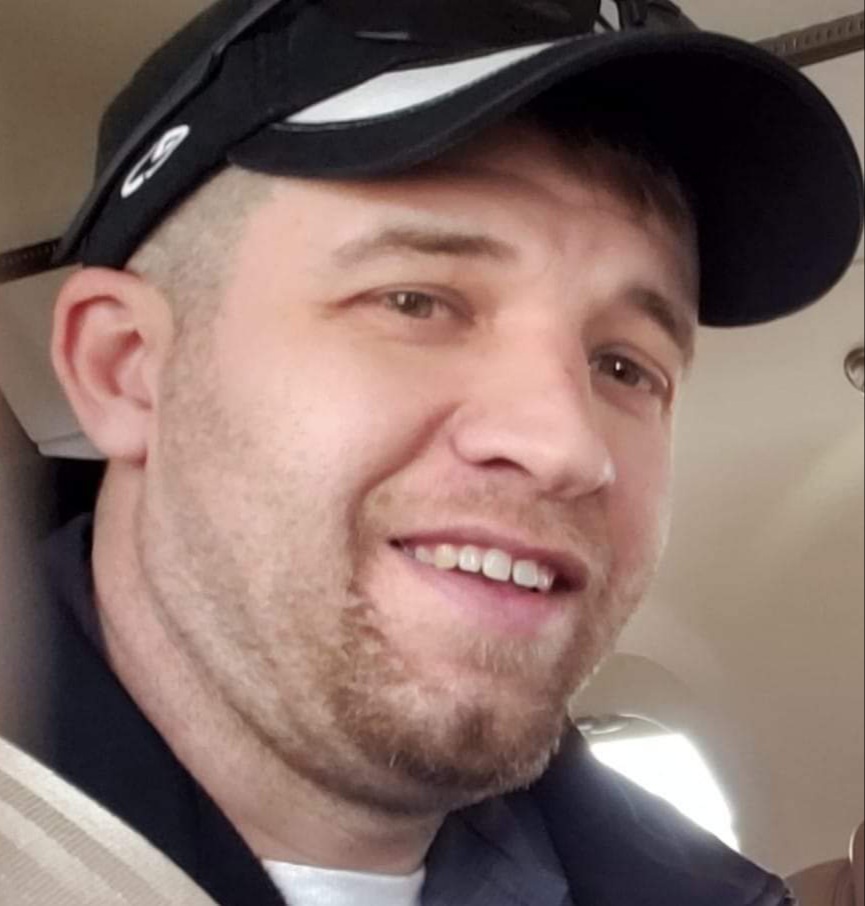
John Morgan, Jr.
Program Operations
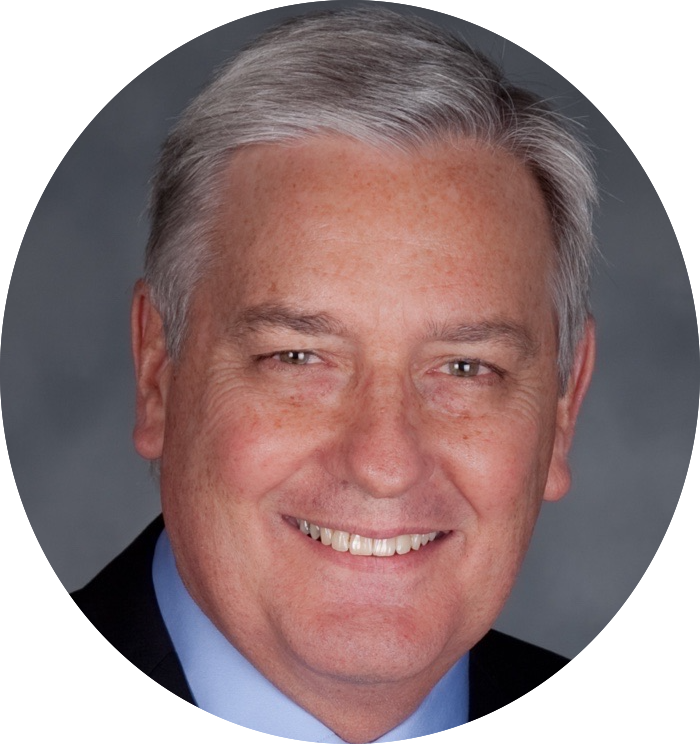
John Gibson
Program Operations
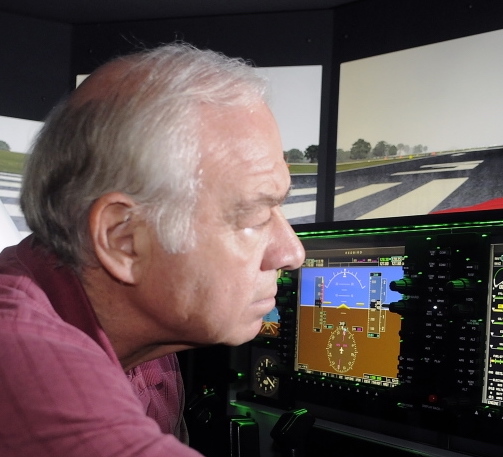
Greg Jolda
Flight Simulation Testing
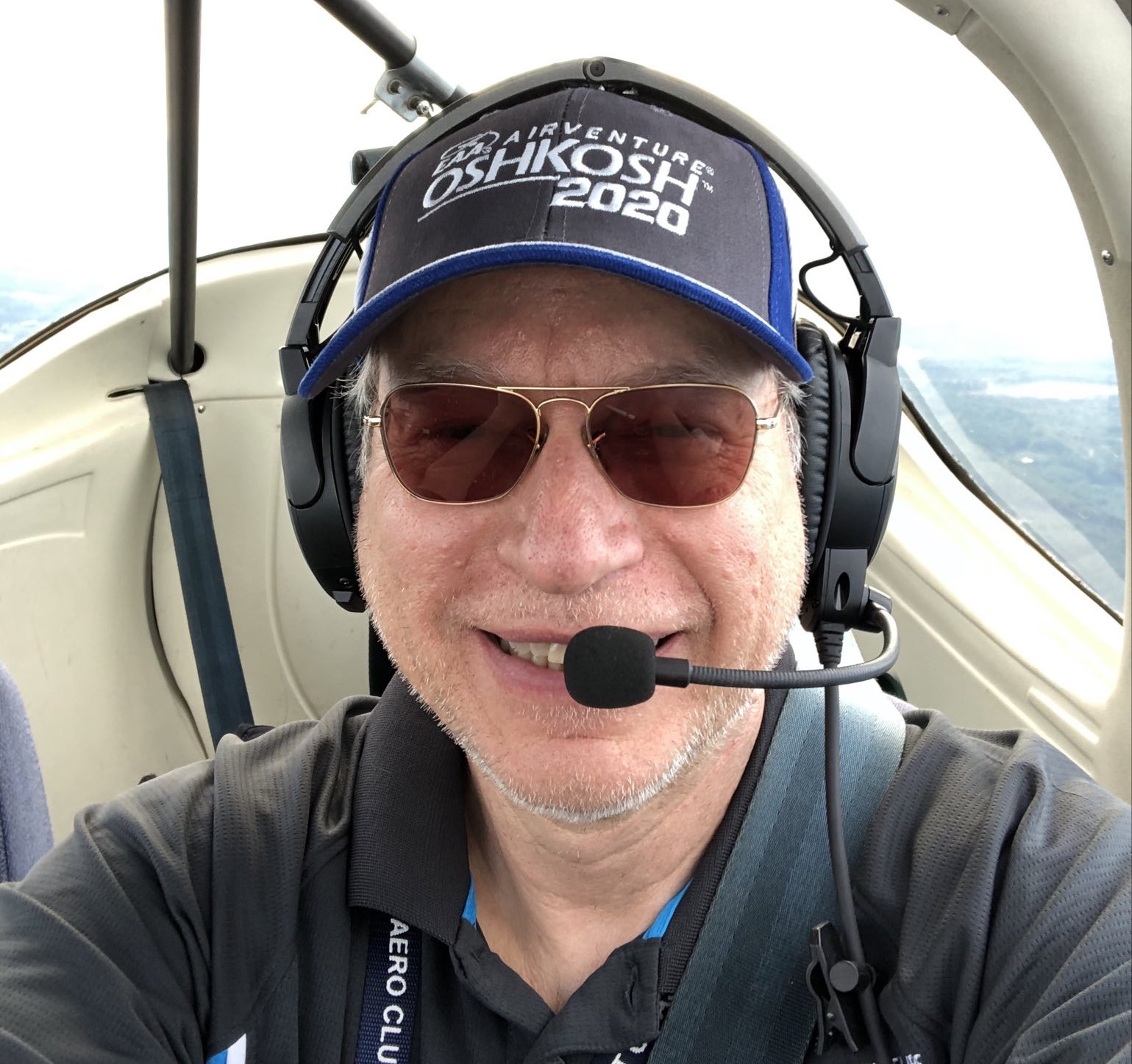
Nate Weinsaft
Flight Simulation Testing
The Art of IFR
Instrument Flight
Doug Stewart

Learn to Turn
Antidote for LOC-I
Rich Stowell
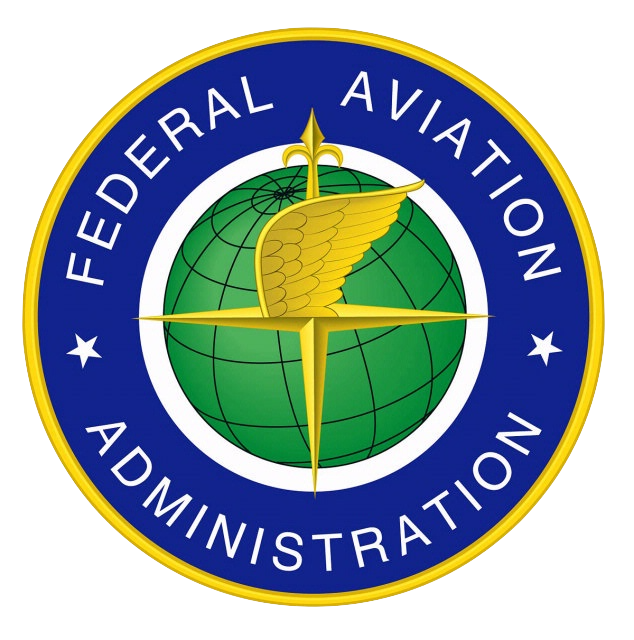
Stick & Rudder Redux
Fundamentals of Flight
Mike Goulian

CFI to CFI
Flight Instruction
Karen Kalishek

Killer Procedures
Managing Risk
Charles Precourt

EAB Test Flight Experience
Proven Test Flying Methods
Tom Charpentier

Backcountry Awareness
Noting the Differences
John McKenna
